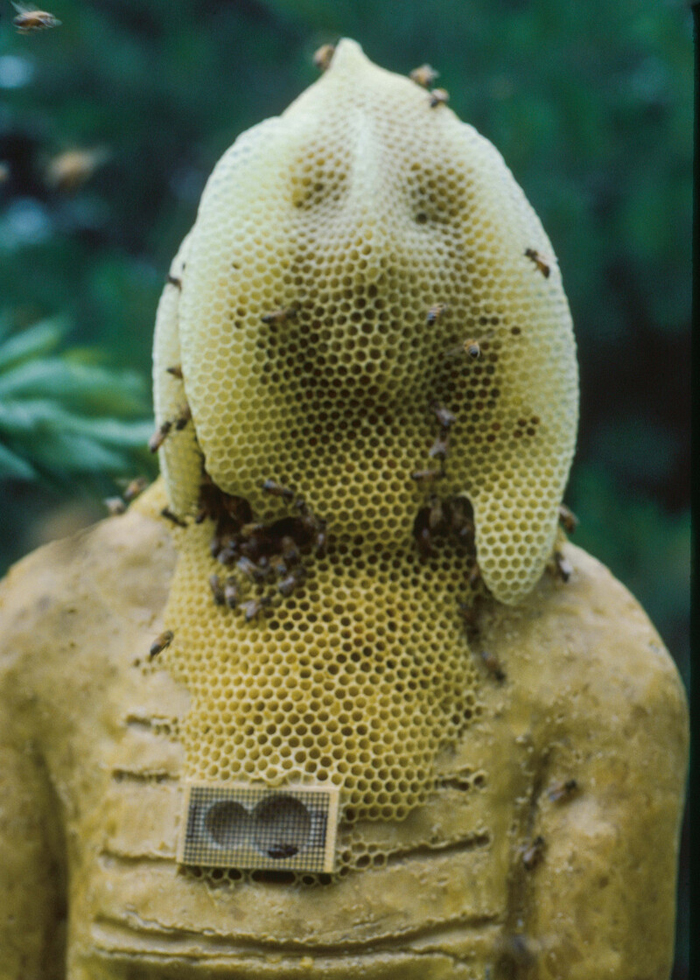Press Release
The Hammer Museum is pleased to announce Breath(e): Toward Climate and Social Justice, a groundbreaking exhibition that centers environmental art practices addressing the climate crisis and anthropogenic disasters, and their inescapable intersection with issues of equity and social justice. Part of Getty’s region-

International Archives 2nd half of 2024
Breath(e) : Toward Climate and Social Justice
Hammer Museum, Los Angeles (United States)
14.09.2024 - 05.01.2025

Breath(e) spotlights 25 intergenerational and transdisciplinary artists whose practices encompass photography, multimedia, augmented reality, painting, living organisms, and more. The exhibition seeks to address the existential dangers posed by the climate crisis and to advocate for a nonhierarchical, worldview influenced by ancestral indigenous knowledge, which envisions all elements of nature as one family rather than as materials for use and exploitation by humankind.
A number of artists have created works commissioned specially for Breath(e): Multidisciplinary artist and enrolled member of the Three Affiliated Tribes of Fort Berthold, Cannupa Hanska Luger’s site-
Garnett Puett, a sculptor and fourth-
Inspired by systems aesthetics, maintenance, and feminist ecological art of the 1960s, Filipino artist Lan Tuazon will present an outdoor installation made from five techniques of material invention using sculpture as a test-
Environmental activist Ron Finley, also known as the “Gangsta Gardener,” will present a large-
Known for his commitment to making socially engaged conceptual art that addresses the most urgent issues of our time, Mel Chin’s project IOV (Interpretation of Vision, pronounced “eye of”) attempts to dismantle division and promote empathy, which he considers the first step in a collective undertaking to fight climate change and persistent social injustice. This multi-
Some works in the exhibition illustrate what scholar Rob Nixon calls “slow violence,” disastrous governmental or corporate practices which may not immediately reveal their impact on communities or ecosystems. Artist and activist LaToya Ruby Frazier’s photo series Flint is Family depicts the water crisis that affected Flint, Michigan, a city predominantly comprised of Black and Brown communities. Scientist and artist Brandon Ballengée makes portraits of marine species that have been driven to extinction by human-
Breath(e) participating artists: Brandon Ballengée, Mel Chin, Tiffany Chung, Ron Finley, LaToya Ruby Frazier, Cannupa Hanska Luger, Ryoji Ikeda, ikkibawiKrrr, Michael Joo, Danil Krivoruchko, Xin Liu, Yoshitomo Nara, Otobong Nkanga, Roxy Paine, Garnett Puett, Rob Reynolds, Sandy Rodriguez, Sarah Rosalena, Bently Spang, Mika Tajima, Clarissa Tossin, Lan Tuazon, Yangkura, Jin-
Exhibition 14 September 2024 -

© ArtCatalyse International / Marika Prévosto 2024 All Rights Reserved

Garnett Puett apisculpture, Cochecton, New York, July 1986. Photo: Gillian de Seve.